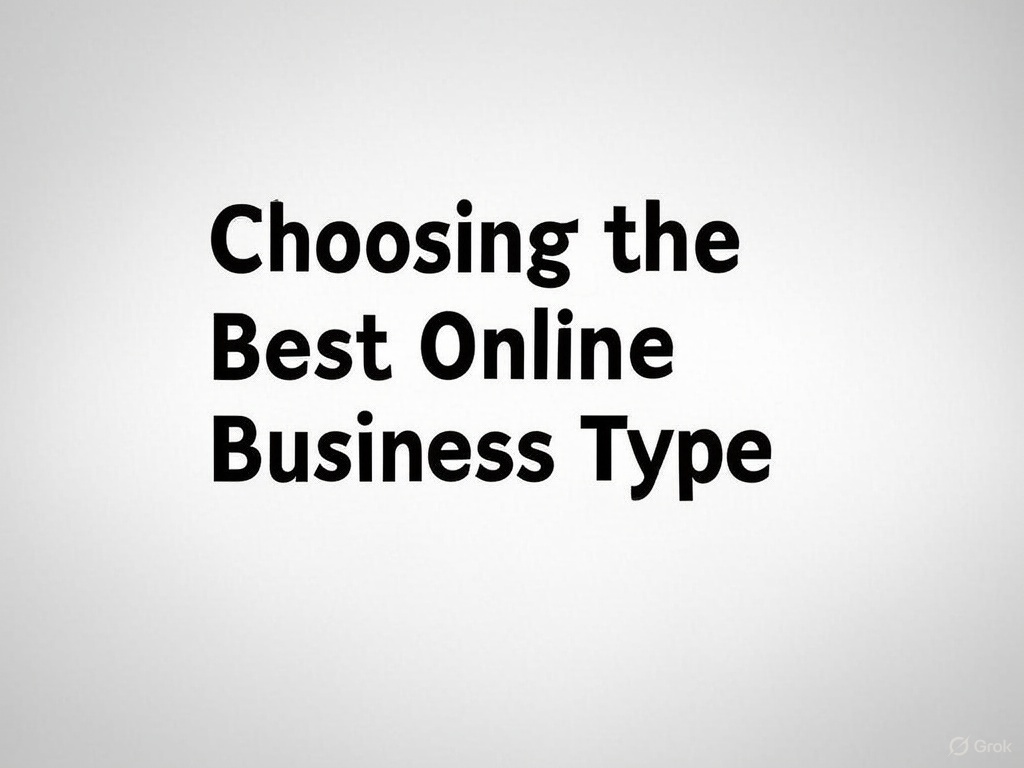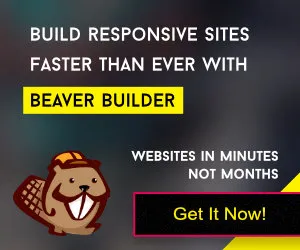Picking a niche for your new website is a big first step to success. A niche is just a specific topic or audience you focus on, like “healthy recipes” or “pet care tips.” It helps you stand out online and attract the right visitors. By choosing something you enjoy or know about, you’ll find it easier to create content and grow your site.
A good niche also makes money-making easier. When you target a clear group—like “beginner gardeners”—you can sell products, ads, or services they need. It’s not just about passion; it’s about finding a spot with demand but not too much competition. With the right business ideal, your website can grow fast and bring in steady traffic.
Steps to Choose a Niche
Here’s an easy list of steps to pick a great niche:
- List Your Interests: Start by jotting down things you enjoy or know about, like cooking, gaming, or fitness. Think of hobbies, skills, or even random topics you’d talk about all day. This keeps you motivated since you’ll be writing about it a lot. Don’t worry if it’s broad—you’ll narrow it later!
- Check Demand: Use tools like Google Trends to see if people search for your ideas. For example, type “dog training” to check its popularity. You want a topic with steady interest, not a fading trend. High demand means more visitors will find your site naturally.
- Look at Competition: Search your topic on Google or Seodity to see how many sites cover it. Too many big players—like “weight loss”—might be tough to beat. Look for areas with fewer strong rivals so your site can shine and rank faster.
- Find a Gap: Dig into your topic for a unique twist others miss. Instead of “travel,” try “solo travel for seniors.” Check forums or AnswerThePublic for ideas people ask about but don’t find. This gap makes your site special and grabs attention.
- Test Profit Potential: See if your niche can make money. Look for products (like gear on Amazon), ads, or services tied to it. “Camping gear reviews” could sell tents, while “coding tips” might offer courses. A profitable niche keeps your site growing.
- Research Audience: Learn who your visitors will be—age, interests, problems. Check Reddit or Facebook groups to see what “beginner photographers” need, like cheap cameras. Knowing their wants helps you create content they’ll love, building a loyal crowd fast.
- Start Small: Pick a narrow focus, like “vegan desserts” instead of “food.” It’s easier to rank on Google and attract a specific group early on. You can expand later once you’re established, making growth smoother and less overwhelming.
Tools to Help You Choose a Niche
These tools make finding a niche simple:
- Seodity: Seodity helps you find keywords and check competition. Enter “pet care” to see search volume and rival sites. Its easy dashboard shows what’s winnable, helping you pick a niche that’s not too crowded but still popular.
- maxnetprofits free keyword suggestion tool: Free keyword suggestion tool that shows search volume, competition, cpc, trend and the strength.
- Ubersuggest: This tool suggests niches and shows traffic potential. Type “vegan recipes” to get keyword ideas, competition levels, and search volume. It’s simple and affordable, guiding you to a niche that’s easy to rank.
- Google Trends: This free tool shows how popular a topic is over time. Type “home gardening” to see if people search it often or if it’s fading. It’s great for spotting trends and making sure your niche has steady interest.
- Keyword Planner: Google’s free tool gives keyword ideas and search numbers. Search “yoga tips” to find related terms and how many look for them monthly. It’s perfect for seeing if your niche has enough people interested to visit.
- BuzzSumo: BuzzSumo finds popular content in your niche. Search “fitness hacks” to see what articles or videos get shared most. It’s useful for spotting what works and shaping your niche to match hot topics.
- Ahrefs: Ahrefs analyzes competitors and keywords. Enter “travel blogs” to see top sites and their weak spots. It’s pricier but shows you where to beat rivals and pick a niche with room to grow.
Conclusion
Picking the right niche sets your website up to shine. It’s about mixing what you love with what works—finding a topic people want that isn’t too crowded. With easy tools like Seodity or Google Trends, you can nail it fast. A clear business ideal brings more visitors, grows your site, and opens money-making doors, making your online journey fun and rewarding!
FAQs
What is a niche? A niche is a specific topic or audience your website targets, like “yoga for beginners.
Why do I need a niche? It helps you focus, attract the right people, and stand out online.
Can I pick more than one business ideal? Start with one to keep it simple and grow faster.
How do I know if my niche is good? Check if it has demand, low competition, and profit potential.
What if I’m not an expert? You can learn as you go—passion or curiosity is enough to start!
How narrow should my niche be? Specific is best, like “DIY dog toys” instead of just “pets.”
Can I change my business ideal later? Yes, but it’s easier to stick with one from the start.
What tools are free to use? Google Trends and Keyword Planner are free and super helpful.
How long does it take to pick to find a good idea? A few hours with research tools can get you there.
Will a specific online business limit my growth? No, it helps you grow by targeting the right audience first.


 Next Step:
Next Step:













